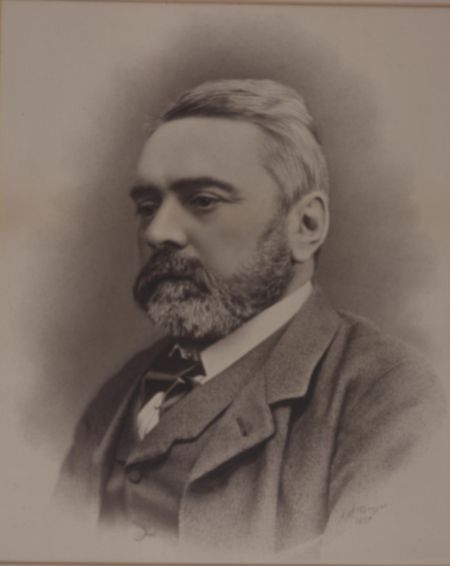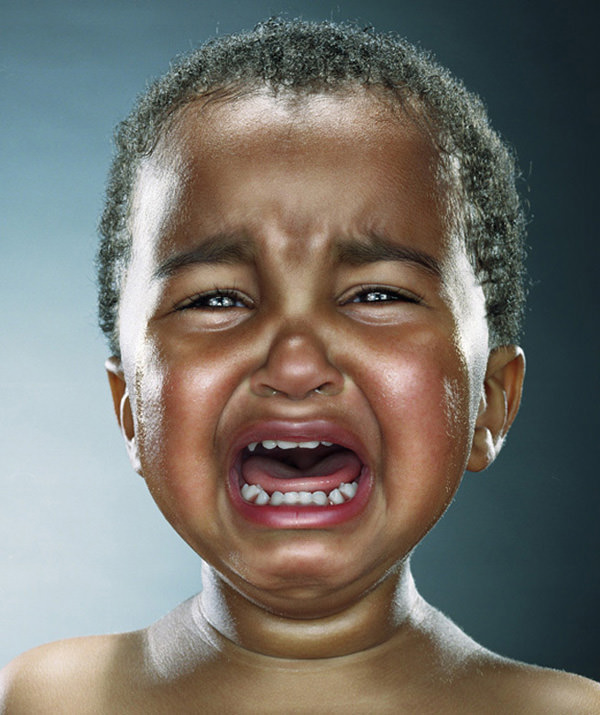I apologize for the delay in posting, the life of a teacher can be very hectic. Couple teaching hundreds of children with an attempt at a personal life and it can become quite overwhelming.
So, today we talk about a delicate and debated aspect of whisky: age.
But don't fear: I will will end with a personal experience of perfect illustration of my point.
Most scotch whiskies sold are sold with an age marking. The common conception is the older the age, the better the whisky. Why else would whiskies get more expensive with age? Well, there are many reasons. Firstly, the older whiskies are a risk: you have to wait longer and hope a great product comes out. Distilleries have to guess years, sometimes decades beforehand what the demand will be for an 18 or 21 year old malt and unless they are employing psychics, there are significant risks. Older = more risks. An older whisky also takes more work and longer time taking up space. For the time 1 cask of 21, you could have had a 12 year, an 8 year, and started on a new cask.
So why risk it? Well, taste an older whisky and find out.With age comes complexity. In general (IN MY OWN EXPERIENCE (don't go crazy if you've had a different experience)), age softens the alcohol in the taste and brings a smoothness to the character; a mellow depth that grows with time. A permeating darkness of flavor. If I could sum it up in one word, it would be "smoothness." Nothing feels like such pure flavor than a finely aged whisky.
But what about those young-uns?
The young whiskies must taste like crap!
Well...usually the youngest of whiskies (3 years minimum) don't taste great. However, to discount a whisky because of its age is a folly and YOU SHOULD BE ASHAMED! Ok. Don't be.
Really, it's ok.
Most blends use younger whiskies (6,7,8) years old. Younger whiskies tend to be brighter, spicier, and lighter. They also (unfortunately) tend to taste more like alcohol. Red Label has waaaaay more alcohol in the flavor than Gold Label. However, sometimes a young whisky has some amazing flavors.
It comes down to Maturity. Some malts mature at different times. For example, Macallan has a 10 year old that I think tastes no good. It's shallow, crass, and undeveloped. The 12, however, is the gold standard of scotch whisky. Looking for your first bottle? Get a Macallan 12. (Yes, the 10 is fine oak and the 12 is sherry cask, but those flavors aside, the age makes a huge difference). Highlands, Speysides, and Lowlands come in beginning at (mostly) 12 years old at the base expression. Yet, Islay start at 10. Why is that? Islays tend to come in 10 and 16 year varieties while the other come in 12, 15, 18, and 21 year old varieties. Islays mature differently than the mainland malts, so the distillers have deduced that the core expressions need to be different. If a malt ages poorly, it becomes too woody and undrinkable. All vitality is lost in the flavors. Blends typically add a young malt with older. The young brings a vibrancy while the old adds complexity creating a lovely union (aww). If older = better, all whiskies would by 60+ years old!
Distilleries always want a full range of flavors. Ergo, a full range of ages. Italy is a fiery culture that values energy and vibrancy. They prefer young whiskies. The Japanese culture respects age and prefers older age statements. Yet the French just want fruitier flavors, they could give a rat's ass about age! Yet, it is hard to dispel the misgnomer about age and quality. Islays are younger and are lighter in color, which to many show "weakness." They put their scotches in green tinted bottles to hide the color.
Sneaky sneak.
I have a comparison for you with a very popular whisky. Johnnie Walker Gold Label vs. Blue Label.
Blends are age-marked by the youngest whisky in the bottle. Gold Label is (was) 18 years, which means the youngest whisky in the blend was 18 years old: there are older whiskies in there.
Gold Label: a celebratory drink! It's legally an adult!
Color: GOOOOLLLLDDDD! Really golden, deep, flashy, beautiful
Nose: Oh baby, what a smell. Smoke, cream, honey, heather, hints of peat
Taste: Smooth, deep, smokey cream, molasses, vanilla, and a sneaky spiciness
Finish: long, drawn-out smokey toffee
Great googa-mooga this is a fine scotch. If you can, get a bottle of the 18 before they change it. This is an experience. 18 years has done this blend some good. Every taste is a torrent of flavor that envelopes your tastebuds with comfort and warmth. It's truly appropriate for celebrations.
Now Blue Label... you notice there is no age marking. Why is that? Well, Johnnie Walker went with a different approach for Blue. Instead of age, they went for rarity of whiskies. Inside the blends of Blue Label are exceedingly rare whiskies. But with no age statement, you can bet there are some that may only be 5 years old. If you put "5 years" on a bottle, people scoff.
So...they just leave it off.
Easy. But when people go to drink it and expect a strong, superman-style taste...they become disappointed.
Which leads to my first Blue Label experience.
Myself and 3 of my friends were scotch drinking buddies. Almost every week, we'd bring what we had and sit down late a night and enjoy some drams talking into the night. Well, we took a trip up to an undisclosed Northern California city where one friend was from. We visited with his family and toured the town. This town...was tiny. The downtown tour took 20 minutes and the highlight feature was an abandoned mall. An empty mall that (apparently) had people to clean it daily despite the fact that not a single store was held within.
Quite strange.
The city's greatest drawn was a marvelous bridge shaped like a sundial. It spanned a river and, to be honest, it was a pretty sweet bridge.
On one side was the parking lot.
On the other...was a swamp. No, really. a bike path surrounded a swamp.
A bridge to nowhere.
This town was mostly surrounded by forest. My friend's house was at the end of a long path (not paved) with 3 acres of land. His neighbor raised emus. Yes...
So it was wintertime. what do 4 college aged guys do? GO SLEDDING! So we tore up the slopes with the other children (aged under 12) like damned fools. It was great. We had a blast knowing that when darkness came...we would finally pop open the mystical Blue Label. We had brought it all 8 hours of the trip just for the unveiling. We had cigars in the snow (I highly recommend that. Best smoke ever).
Then the night came. We took out the bottle and gasped with awe. It's a stellar presentation: blue tinted bottle, hanging lanyard, nice box, lovely booklet, the whole nine yards. We took a smell...and it was confusing. It was barely there; a mere whiff. We poured our glasses and drank...and were confused. Where was this highly-touted flavor? Why was it so light colored? Where was the greater-than-gold-label aspect we had read so much about? We ended the night disappointed.
Well...maybe a month later back in Southern California, we all got together again (as we did) and tried Blue Label again. This time, however, things were different. After research and an understanding of what Blue Label was, we tried again. WOW did it change. Instead of preconceived notions, we allowed the whisky to speak to us. The review is as follows.
Color: Lighter color, yellow-gold
Nose: floral, sweet with leather undertones, some dried fruits and zest with deep undertones of darker hints...
Taste: viscous as all get-out, dried fruits such as plum and raisins, a crisp cream and toffee, deeper brown sugar flavors mix with soft smoke (all without ever getting heavy)
Finish: Complex, light, and long
Every drink was different. First it was floral...then the fruits were at the fore. Soon the sugar/tobacco tastes snuck in. Every taste was an experience. Blue Label requires your attention. It will not talk if you're not listening.
So what I learned was that age is not a determining factor in taste with scotch whisky. Age brings smoothness and depth, yes, but a young whisky can have plenty to say. Gold Label is a strong flavored whisky that tastes and acts it age. Blue is a complex, coy whisky that is easily glossed over. I know many who say Blue tastes like "soapy water." Well, I see that. If you drink to quickly, you never get those flavors; they're not obvious. As with people, sometimes young people shock the shit out of you with their maturity (and older people annoy you with their stupidity).
Well, I hope I have shown you that age does not equal quality. And yes, that makes your choosing of a whisky that much more difficult. But in the end, just approach each whisky without pretense and you can learn something about it.
And remember: always try a whisky twice. Maybe you weren't listening the first time...
Slainte Mhath!




No comments:
Post a Comment